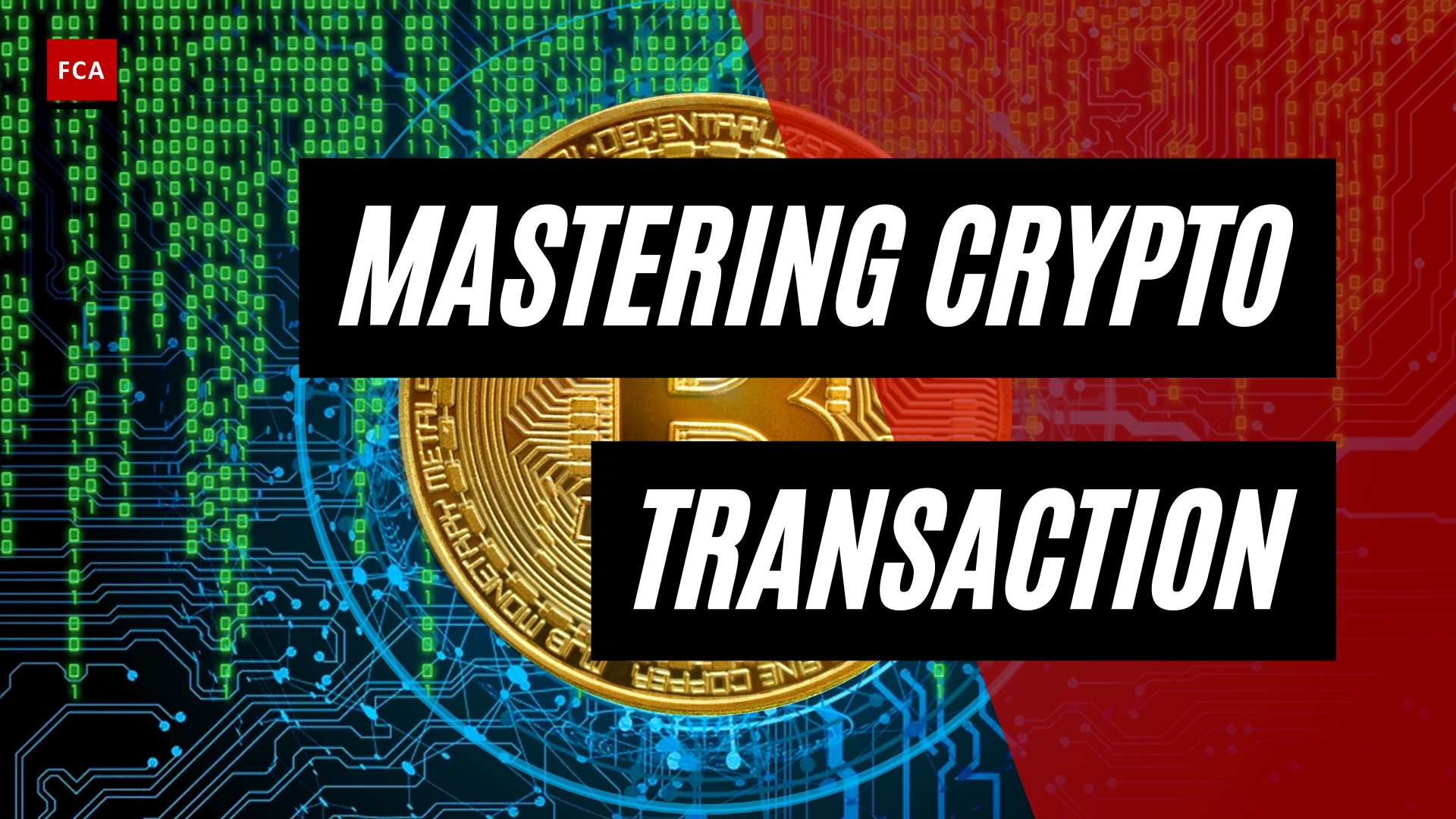Understanding Money Laundering
In the realm of financial crime, money laundering stands as a significant threat to economic stability and security. Understanding this complex process is crucial for professionals working in compliance, risk management, anti-money laundering, and anti-financial crime.
Definition and Importance of Money Laundering
Money laundering refers to the illicit process of making large amounts of money generated by a criminal activity, such as drug trafficking or terrorist funding, appear to have come from a legitimate source. This is accomplished through a complex process that obscures the origin of the funds, making it difficult for authorities to trace the money back to its illicit source.
The importance of understanding and combating money laundering cannot be overstated. Money laundering enables criminals to infiltrate the legitimate economy, fund further illicit activities, and undermine the integrity of financial institutions. It poses a serious threat to a country’s economic stability and security, and is therefore a significant focus of regulatory efforts worldwide.
Stages of Money Laundering
Money laundering typically involves three stages: placement, layering, and integration.
-
Placement: This is the initial stage where the illicit money is introduced into the financial system. This might be done by depositing large amounts of cash into a bank account, or by purchasing assets.
-
Layering: In the layering stage of money laundering, the money launderer engages in a series of transactions to obscure the source of the funds. This could involve transferring the money between accounts, often across borders, or purchasing and selling assets. The use of offshore banking, shell companies, and other complex financial transactions are common in this stage.
-
Integration: In the integration stage of money laundering, the ‘cleaned’ money is re-introduced into the legitimate economy, making it difficult to distinguish from funds that were legitimately earned.
Understanding these stages is key to identifying and mitigating the risks associated with money laundering. In the context of anti-money laundering efforts, Customer Due Diligence (CDD) has emerged as an effective tool in detecting and preventing these illicit activities.
In the next sections, we will delve deeper into the role of Customer Due Diligence, its implementation, and its significance in anti-money laundering regulations and compliance programs.
Role of Customer Due Diligence
Customer Due Diligence (CDD) plays a crucial role in combating financial crimes such as money laundering and terrorist financing. This process allows businesses to verify the identity of their customers, assess potential risks, and monitor ongoing activities to detect any suspicious transactions.
Definition and Significance of CDD
Customer due diligence, often shortened to CDD, refers to the process of verifying the identity of customers and assessing their potential risk for illegal activities like money laundering and terrorism financing. This practice is an essential aspect of Anti-Money Laundering (AML) regulations.
CDD requirements mandate that businesses understand the nature and purpose of customer relationships and conduct ongoing monitoring to detect any unusual or suspicious activities. The ultimate goal of CDD procedures is to enable businesses to have a clear understanding of their customers, their behaviors, and financial transactions to prevent the misuse of their services for illicit activities such as money laundering (Youverify).
Key Elements of CDD
The four key elements of Customer Due Diligence (CDD) include:
- Verifying the identity of customers
- Identifying and assessing the risks associated with customers
- Developing customer profiles
- Monitoring accounts for suspicious activities
Each of these components plays a critical role in the overall CDD process.
Verifying customer identity forms the foundation of CDD. This involves gathering and validating information about the customer’s identity, including basic details like name, date of birth, address, and more complex information like beneficial ownership in the case of corporate entities.
Identifying and assessing the risks associated with customers involves a detailed analysis of the customer’s financial activities, associations, geographic location, and other factors. This information is then used to develop a risk profile for each customer, allowing the business to tailor their risk mitigation strategies accordingly.
Developing customer profiles involves creating a comprehensive picture of the customer’s normal and expected activities. This includes their transaction patterns, behavior, and financial habits, which will form the basis for ongoing monitoring.
Ongoing monitoring involves regular review of customer accounts to identify and report suspicious transactions. This is a critical part of CDD as it allows the detection of activities that deviate from the customer’s normal behavior, which could be indicative of money laundering or other illicit activities (FFIEC).
In addition to these key elements, financial institutions should also perform enhanced due diligence (EDD) when the risk profile warrants a higher level of scrutiny, especially for high-risk customers (FFIEC).
By implementing robust CDD practices, businesses can effectively safeguard against financial crimes and ensure compliance with AML regulations. Understanding the key elements of CDD is the first step in developing an effective anti-money laundering compliance program.
CDD in Anti-Money Laundering
Customer due diligence (CDD) plays a significant role in anti-money laundering (AML) efforts by assisting financial institutions in managing risks and adhering to regulatory requirements designed to prevent money laundering and terrorist financing.
CDD Regulations and Requirements
CDD is a critical component of a financial institution’s Bank Secrecy Act/Anti-Money Laundering (BSA/AML) compliance program. To meet CDD requirements, financial institutions must establish risk-based CDD policies, procedures, and processes that align with the institution’s size, complexity, and operational nature (FFIEC).
The four key elements of CDD include:
- Verifying the identity of customers
- Identifying and assessing the risks associated with customers
- Understanding the nature and purpose of customer relationships to develop a customer risk profile
- Monitoring accounts for suspicious activities
In addition, Enhanced Due Diligence (EDD) is required when the risk profile warrants a higher level of scrutiny, particularly for high-risk customers (FFIEC).
CDD in Risk Management
CDD is an essential tool in risk management, as it enables businesses to understand their customers, their behaviors, and financial transactions to prevent their services from being misused for illicit activities such as money laundering.
The process of identifying and verifying the identity of customers, understanding the nature of their relationships, and conducting ongoing monitoring allows institutions to detect and report suspicious activities effectively. This includes understanding the stages of money laundering and identifying red flags that might indicate potential illicit activities.
For instance, during the layering stage of money laundering, criminals may use a series of complex transactions, often involving shell companies and offshore banking, to obscure the origin of illicit funds. By understanding the client’s normal transaction patterns through CDD, the institution can more readily identify transactions that deviate from this norm and could potentially be linked to money laundering.
Similarly, during the integration stage of money laundering, illicit funds are reintroduced into the legitimate economy. Effective CDD can assist in identifying transactions that may be part of this stage, such as significant investments in real estate or other large purchases that are inconsistent with the customer’s known income or wealth.
In conclusion, CDD is essential in managing risks associated with money laundering, and financial institutions must ensure that their CDD procedures are effective and in compliance with regulatory requirements to effectively combat money laundering and other forms of financial crime. For more information on AML compliance, visit our section on anti-money laundering compliance.
Specifics of CDD Implementation
The effective implementation of Customer Due Diligence (CDD) is crucial in the fight against financial crimes such as money laundering. It involves two essential steps: identifying and verifying customer identity, and conducting ongoing monitoring and risk assessment.
Identifying and Verifying Customer Identity
The first step in CDD implementation is identifying and verifying the identity of customers. This process, often referred to as Know Your Customer (KYC), involves obtaining and confirming information about the customer’s identity, including their name, date of birth, address, and other identifying details (SmartSearch).
In addition to verifying the customer’s identity, financial institutions should also determine the beneficial ownership of customer accounts. This requirement is designed to enhance transparency and strengthen the ability to safeguard the financial system against illicit activities. For instance, determining beneficial ownership can help identify shell companies that may be used in the layering stage of money laundering.
Ongoing Monitoring and Risk Assessment
Once the customer’s identity and beneficial ownership have been verified, the next step in CDD implementation involves ongoing monitoring and risk assessment. Financial institutions should establish risk-based CDD policies, procedures, and processes that are commensurate with the institution’s size and complexity and the nature of its operations.
Ongoing monitoring involves observing customer transactions to identify and report suspicious activity. This process is crucial in detecting signs of money laundering, particularly during the integration stage, where laundered funds are reintroduced into the legitimate economy.
Risk assessment, on the other hand, involves evaluating the potential risk of a customer engaging in illegal activities such as money laundering or terrorist financing. Customer risk profiles developed through CDD enable financial institutions to determine the risk associated with each customer and tailor their risk mitigation strategies accordingly.
Financial institutions should also perform Enhanced Due Diligence (EDD) when the risk profile warrants a higher level of scrutiny, especially for high-risk customers (FFIEC).
Through effective CDD implementation, financial institutions can better protect themselves and their customers from the risks associated with money laundering and other financial crimes. It plays a crucial role in anti-money laundering compliance and is a key component of a robust AML program.
Enhanced Due Diligence (EDD)
In the context of anti-money laundering (AML) compliance, the practice of customer due diligence plays a critical role. However, there are instances where regular customer due diligence measures may not suffice. In such cases, financial institutions are required to implement Enhanced Due Diligence (EDD).
When is EDD Required?
Enhanced Due Diligence is necessary when the risk profile of a customer warrants a higher level of scrutiny. This typically happens when dealing with customers identified as high-risk. For instance, customers involved in offshore banking, owners of shell companies, or those with complex business structures that obfuscate beneficial ownership, may require EDD due to the elevated risk of money laundering they present.
EDD is also required to establish the source of wealth and ensure compliance with AML regulations (Youverify). This is particularly crucial during the layering stage of money laundering, where illicit funds are intricately woven into the legitimate financial system, complicating the detection process.
EDD and High-Risk Customers
High-risk customers are those who, due to their nature of business, geographical location, or transactions, pose a higher potential risk of money laundering or terrorist financing. Financial institutions must conduct EDD on high-risk customers to gain a deeper understanding of their transactions, business relationships, and sources of funds in order to mitigate these risks (Youverify).
The purpose of EDD is to provide a more comprehensive risk-based assessment, which helps institutions make informed decisions about customer acceptance and product offerings. This process includes collecting additional information about the customer’s background, understanding the purpose and intended nature of the customer relationship, and conducting ongoing monitoring of the customer’s activities.
In the context of AML compliance, EDD serves as an indispensable tool for identifying and mitigating risks associated with high-risk customers. It’s a crucial element in the fight against money laundering, strengthening the effectiveness of customer due diligence measures, and reinforcing the integrity of financial institutions.
By understanding when and how to apply EDD, financial institutions can better navigate the complex landscape of AML compliance, protect themselves from potential risks, and contribute to the global effort to prevent financial crime.
CDD and Compliance Programs
In the realm of financial services and anti-money laundering (AML), Customer Due Diligence (CDD) plays a pivotal role in compliance programs. The significance of CDD extends beyond its role as a regulatory requirement; it is a critical tool for identifying potential risks and protecting financial institutions from being exploited for illicit activities.
Importance of CDD in Compliance
CDD is a fundamental element of an effective compliance program. Financial crime compliance has become increasingly important as the regulatory landscape becomes more robust, requiring businesses to demonstrate the effectiveness of their compliance programs.
Financial institutions are required to establish risk-based CDD policies, procedures, and processes that align with the institution’s size, complexity, and nature of its operations. This means understanding the stages of money laundering, from the placement to the layering stage of money laundering, and the final integration stage of money laundering.
CDD measures include identifying customers, verifying their identities, understanding the nature of their businesses, and assessing their risk profiles. CDD also involves ongoing monitoring of customer accounts and transactions to identify suspicious activities that could be indicative of money laundering or other forms of financial crime.
Effectiveness of CDD in AML Programs
The effectiveness of CDD in AML programs can be demonstrated by its ability to detect and mitigate risks associated with money laundering. Through CDD, financial institutions can identify high-risk customers, such as those involved with shell companies, offshore banking, or those who appear to be concealing beneficial ownership.
CDD also assists in identifying unusual or suspicious customer behavior that could indicate money laundering. This can include large or rapid movement of funds, frequent wire transfers to high-risk jurisdictions, or transactions that lack business sense or apparent purpose. By identifying such activities, financial institutions can take appropriate action, such as escalating for further investigation, submitting suspicious activity reports, or even exiting the business relationship.
CDD is not just about compliance with regulatory requirements; it is a proactive measure to protect financial institutions against financial crime risks and to maintain their reputation and integrity in the market. For more insights about the importance of CDD in anti-money laundering compliance, read our detailed articles.








